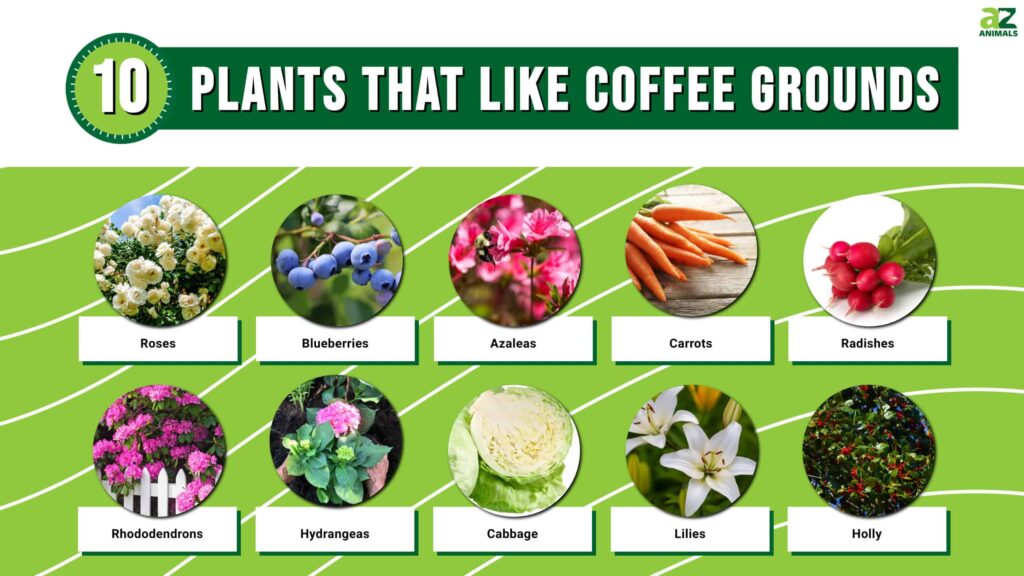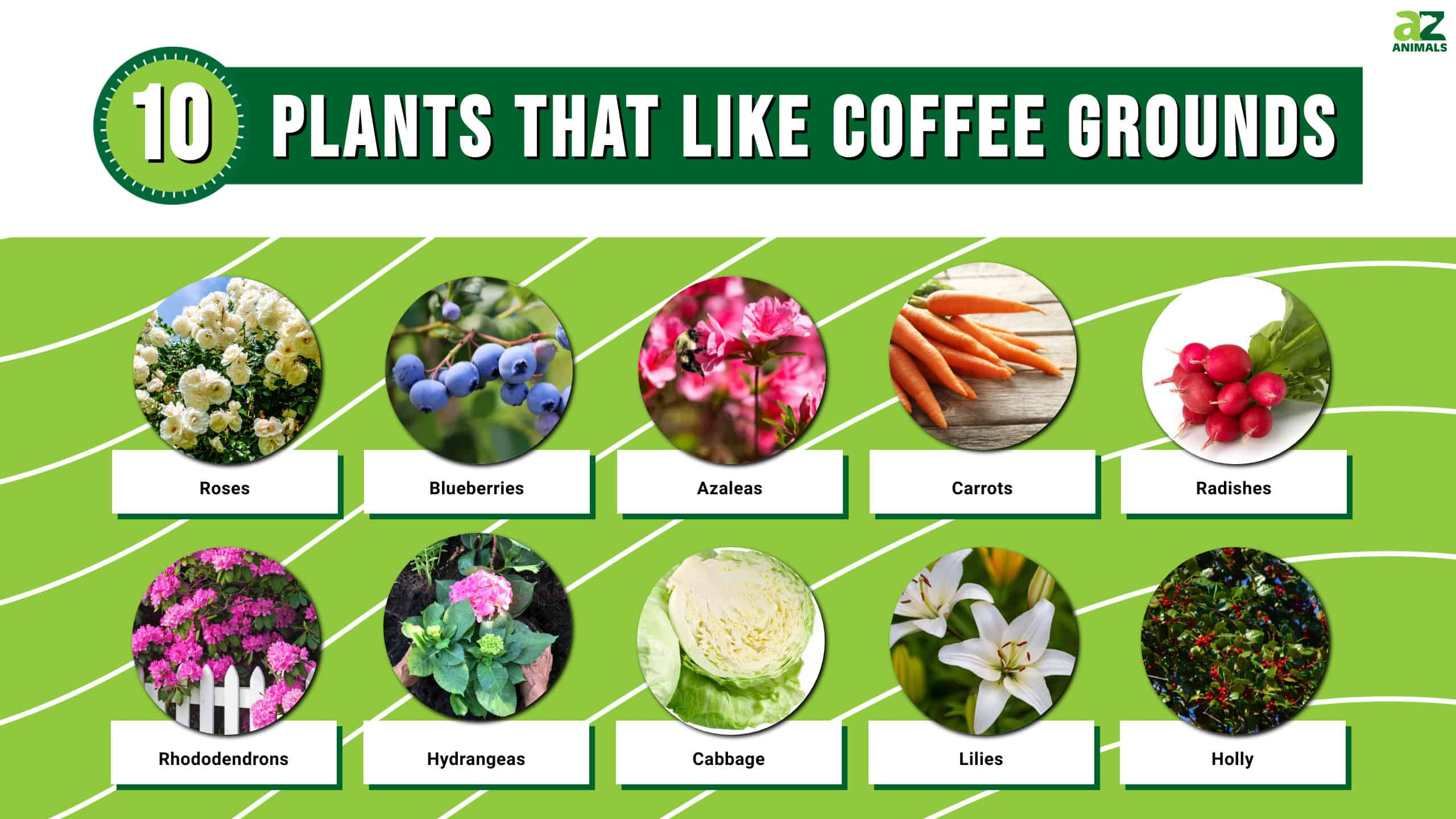
Unlock Hydrangea Blooms: The Surprising Power of Coffee Grounds
For gardening enthusiasts, the vibrant and captivating blooms of hydrangeas are a true testament to the beauty of nature. These stunning shrubs, with their large, colorful flower heads, are a beloved addition to gardens worldwide. But achieving those picture-perfect hydrangeas often requires a little extra care and attention. One surprisingly effective and readily available tool in the gardener’s arsenal? Coffee grounds. This article delves into the science, benefits, and practical application of using coffee grounds for hydrangea plants, transforming your garden into a floral paradise.
The quest for vibrant hydrangea blooms often leads gardeners down a path of experimentation. While factors like sunlight and water play crucial roles, the soil’s acidity level is paramount in determining the flower color. This is where coffee grounds come into play, offering a natural and often overlooked solution for enhancing both the health and aesthetic appeal of your hydrangeas.
The Science Behind the Blooms: Hydrangeas and Soil Acidity
The color of hydrangea flowers is not merely a matter of genetics; it’s a direct result of the soil’s pH level. This is a critical fact to understand when considering coffee grounds for hydrangea plants. The pH scale ranges from 0 to 14, with 7 being neutral. Soil with a pH below 7 is acidic, and above 7 is alkaline. Hydrangeas thrive in slightly acidic soil. The more acidic the soil, the bluer the blooms; the more alkaline, the pinker. White hydrangeas are generally unaffected by soil pH.
Aluminum is the key element here. In acidic soil, aluminum is more readily absorbed by the hydrangea. This absorbed aluminum interacts with the flower pigments, resulting in blue or purple blooms. In alkaline soil, aluminum is less available, leading to pink or even red flowers. Therefore, manipulating soil pH is the cornerstone of color control for hydrangeas.
Coffee Grounds: A Natural Soil Amendment
Coffee grounds are not just a waste product; they are a valuable resource for gardeners. They are a source of essential nutrients and, importantly, can contribute to soil acidity. When incorporated into the soil, coffee grounds release nitrogen, phosphorus, potassium, and other micronutrients that are beneficial for plant growth. The decomposition of coffee grounds also helps to improve soil structure, increasing its ability to retain water and oxygen – both crucial for healthy root development. This makes the use of coffee grounds for hydrangea plants a double win: improved plant health and the potential for enhanced flower color.
The acidity of coffee grounds varies depending on the type of coffee and the brewing process, but they generally have a pH between 6.5 and 6.8. While not intensely acidic on their own, when added to the soil, they can contribute to lowering the pH, particularly over time. This is a slow and gradual process, making coffee grounds a gentle yet effective tool for soil amendment.
How to Use Coffee Grounds for Hydrangea Plants
Incorporating coffee grounds for hydrangea plants is a straightforward process, but a few key considerations can maximize their effectiveness. Here’s a step-by-step guide:
- Preparation: Collect used coffee grounds. Allow them to cool completely and dry slightly. This prevents mold growth and reduces the risk of attracting unwanted pests.
- Application: Spread a thin layer of coffee grounds around the base of your hydrangea plants. Avoid piling them directly against the stems, as this can lead to stem rot. A layer of about 1 inch is generally sufficient.
- Incorporation: Gently work the coffee grounds into the top few inches of the soil. This helps to break them down and release their nutrients more effectively.
- Watering: After applying the coffee grounds, water your hydrangeas thoroughly. This helps to activate the nutrients and move them into the soil.
- Frequency: Apply coffee grounds every few weeks or monthly during the growing season (spring and summer) to maintain soil acidity and provide a steady supply of nutrients.
Additional Tips for Success
While coffee grounds are a fantastic tool, they work best as part of a comprehensive care plan. Here are a few additional tips to ensure your hydrangeas thrive:
- Soil Testing: Before making significant changes to your soil, consider testing its pH. This will give you a baseline and help you monitor your progress. Soil testing kits are readily available at most garden centers.
- Mulching: Mulch around your hydrangeas helps to retain moisture, suppress weeds, and regulate soil temperature. Consider using pine needles or other acidic mulches in conjunction with coffee grounds.
- Watering: Hydrangeas need consistent watering, especially during dry periods. Water deeply, but avoid overwatering, which can lead to root rot.
- Fertilizing: Supplement the nutrients provided by coffee grounds with a balanced fertilizer specifically formulated for hydrangeas. Follow the package instructions carefully.
- Pruning: Proper pruning encourages healthy growth and abundant blooms. Prune your hydrangeas at the appropriate time of year, depending on the variety.
Beyond the Blooms: Other Benefits of Coffee Grounds
The benefits of using coffee grounds for hydrangea plants extend beyond just flower color. They also offer several other advantages for your garden:
- Pest Deterrent: The scent of coffee grounds can deter slugs, snails, and other garden pests. Sprinkle coffee grounds around the base of your plants to create a natural barrier.
- Composting: Coffee grounds are an excellent addition to your compost pile. They add nitrogen and other nutrients, accelerating the composting process.
- Worm Attraction: Worms love coffee grounds. Adding them to your soil can attract worms, which are beneficial for soil aeration and fertility.
Potential Drawbacks and Considerations
While coffee grounds offer numerous benefits, it’s important to be aware of potential drawbacks:
- Acidity Levels: Overusing coffee grounds can potentially make the soil too acidic, which can harm your hydrangeas. Monitor your soil pH and adjust your application accordingly.
- Clogging: If you apply too many coffee grounds at once, they can clump together and prevent water from penetrating the soil. Use them sparingly and mix them well into the soil.
- Mold: Wet coffee grounds can sometimes attract mold. Allow the grounds to dry slightly before applying them.
Conclusion: Embracing the Power of Coffee Grounds
Using coffee grounds for hydrangea plants is a cost-effective and environmentally friendly way to enhance your garden. By understanding the science behind soil acidity and the benefits of coffee grounds, you can unlock the potential for vibrant blooms and thriving hydrangeas. Remember to use them judiciously, monitor your soil pH, and combine them with other good gardening practices for optimal results. Embrace the power of coffee grounds and watch your hydrangeas transform into a stunning display of color and beauty.
[See also: Related Article Titles]


